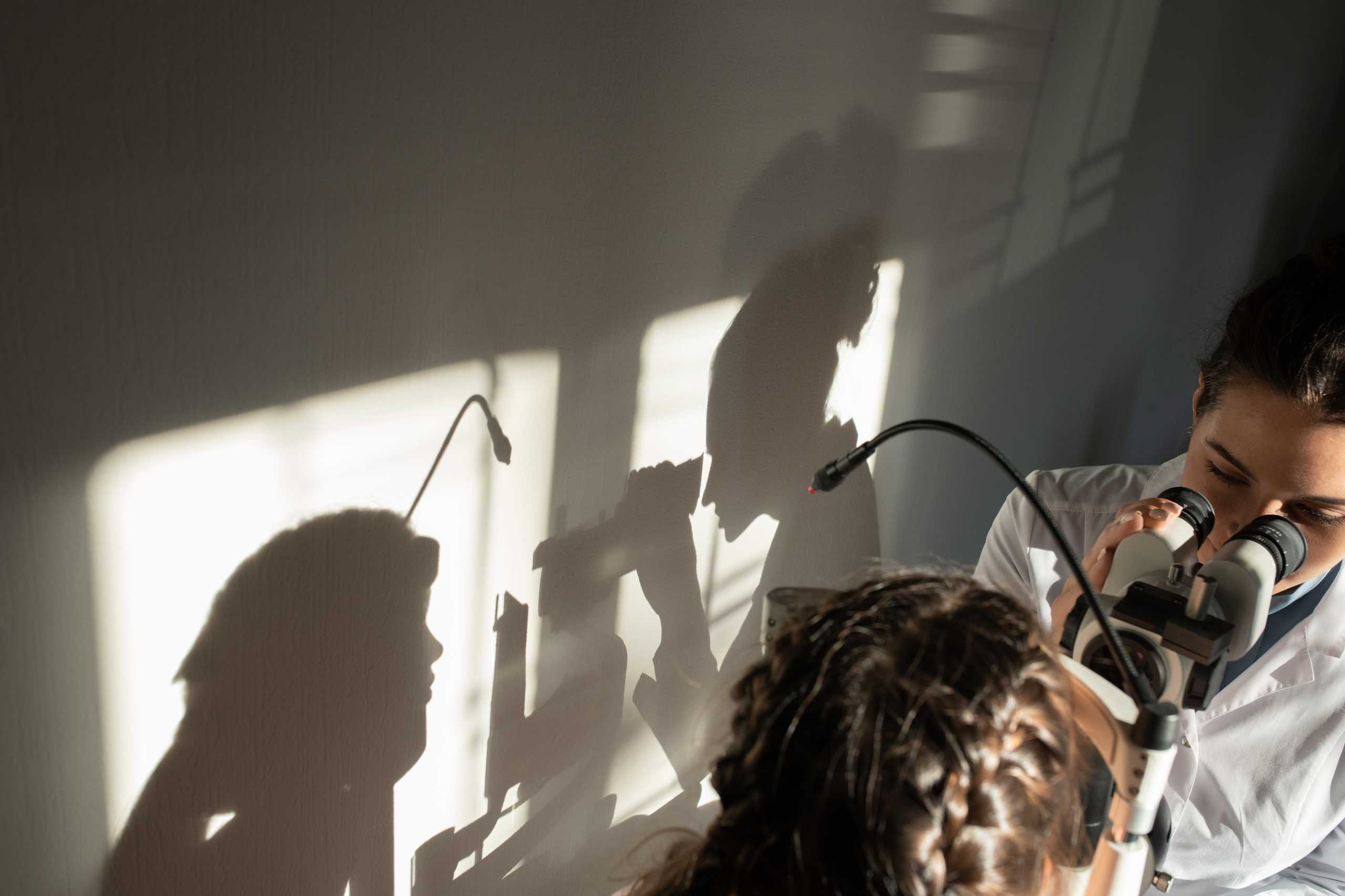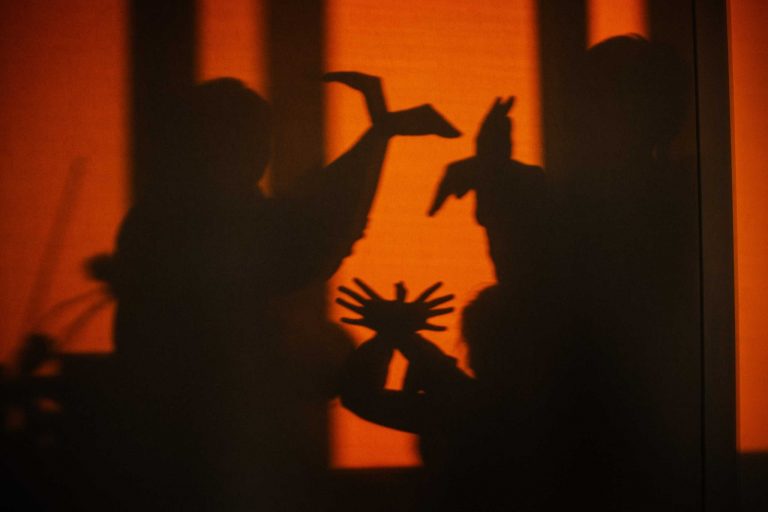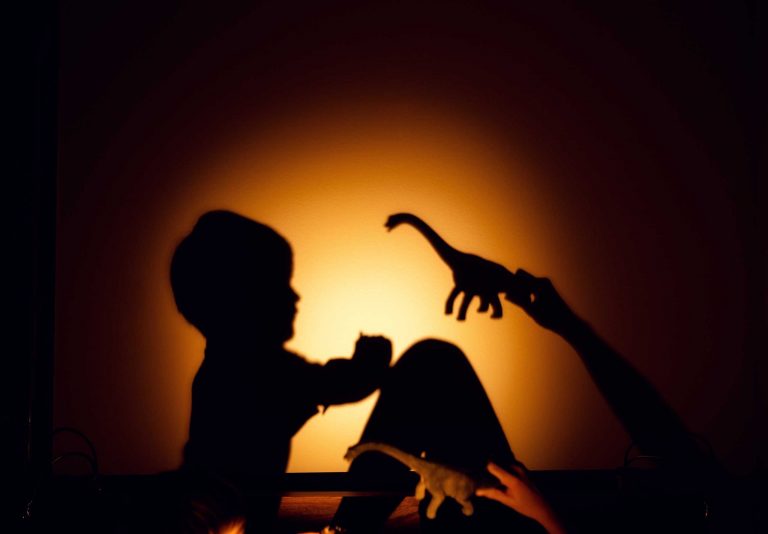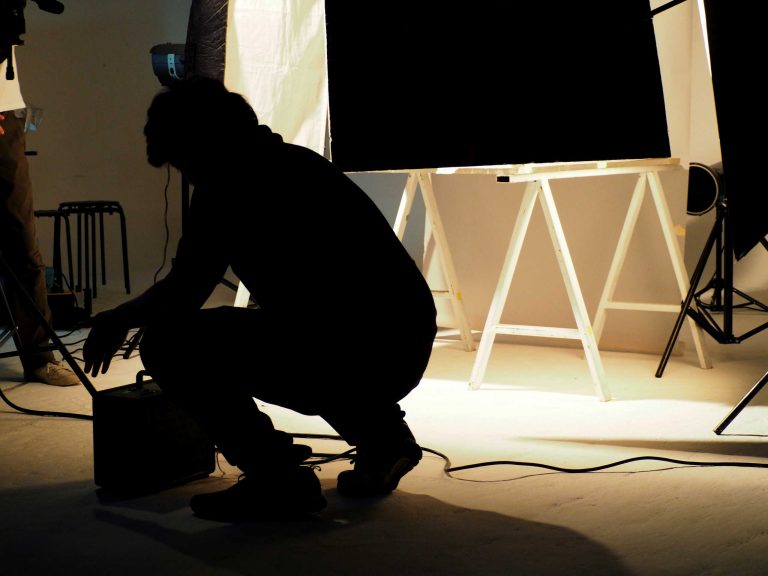The Enchanting Art of Shadow Theatre: A Journey Through Light and Darkness
Shadow theatre is one of the oldest and most mesmerizing forms of storytelling. Using only light and shadow, artists create vivid worlds and emotions that speak directly to the imagination — without a single word spoken.
A Tale As Old As Time
This art form has traveled across continents and centuries, touching cultures like:
- Indonesia’s Wayang Kulit, where intricately carved leather puppets tell epics under candlelight.
- China’s Shadow Puppetry, renowned for its delicate craftsmanship and lyrical performances.
- Turkey’s Karagöz, combining humor and social commentary through lively shadow plays.
Each tradition enriches the tapestry of shadow theatre, reminding us how universal and timeless this language is.
Why Shadow Theatre Resonates Today
In our fast-paced digital world, shadow theatre invites a moment of pause — a chance to slow down and connect.
- Feel the Craft
Engaging with physical puppets and light brings a tactile pleasure rarely found in modern media. - Ignite Imagination
Shadows leave space for viewers to fill in the gaps, making each performance deeply personal. - Bridge Cultures
Without spoken words, shadow theatre speaks a universal language that anyone can understand.
Interactive Moment:
Try this now — in a dim room, place your hand between a lamp and a wall. Move your fingers slowly. What shapes do you see? Can you imagine a story unfolding with your shadow as the main character?
The Tools and Magic Behind the Scenes
Starting with just a simple light and a screen, shadow theatre opens up endless creative possibilities. Here are a few ways to experiment:
- Play with Angles: Moving your light source closer or further changes shadow size and sharpness dramatically.
- Create Layers: Overlapping shadows add depth and mystery to your scenes.
- Use Colors: Colored gels or filters can turn your shadows into vibrant emotions.
Craft Your Own Story
Every shadow performance is a new journey. Whether you’re telling a classic fairy tale or an original story, think about:
- The rhythm of movement — slow, graceful gestures or quick, lively dances.
- The mood — haunting, joyful, mysterious.
- The characters — from delicate butterflies to fierce dragons, shadows can become anything.
In Conclusion
Shadow theatre isn’t just an art — it’s an invitation. To imagine, to create, to connect. To step into the darkness and find light in unexpected places.




